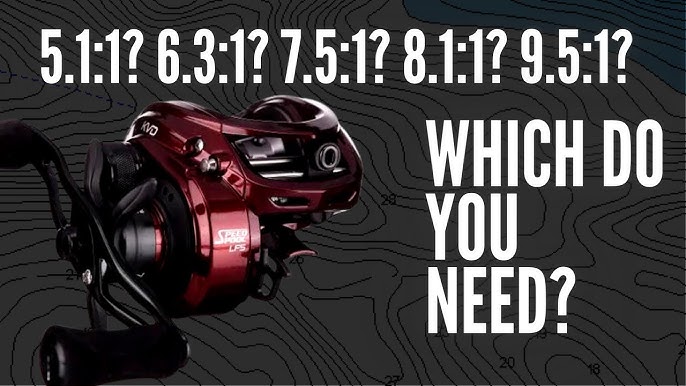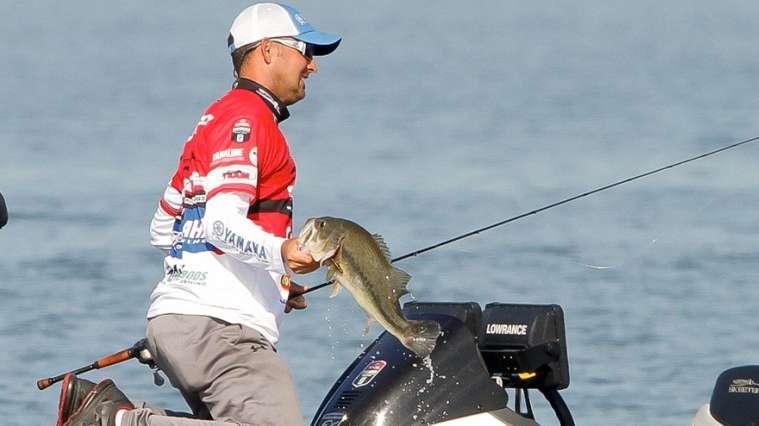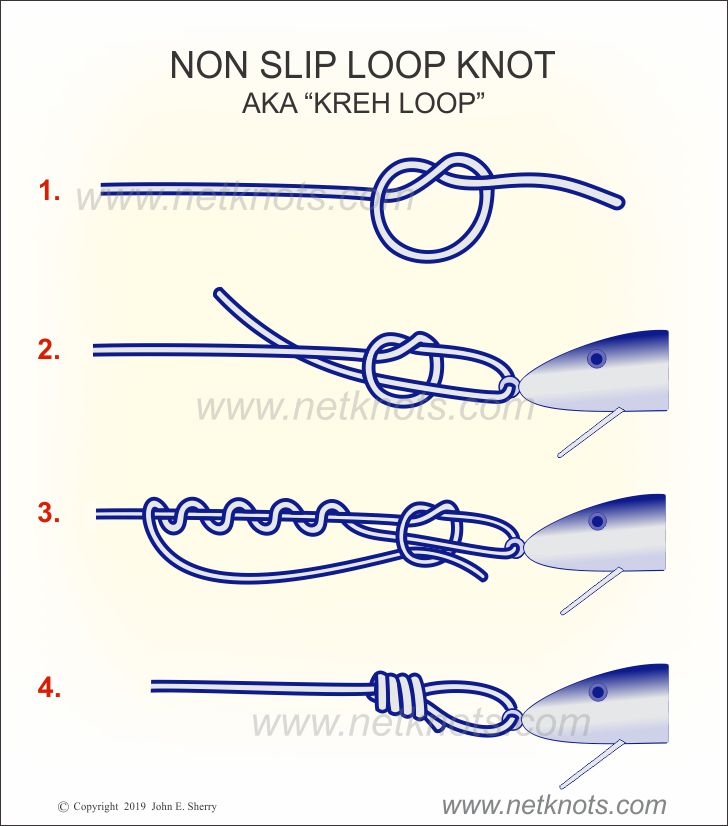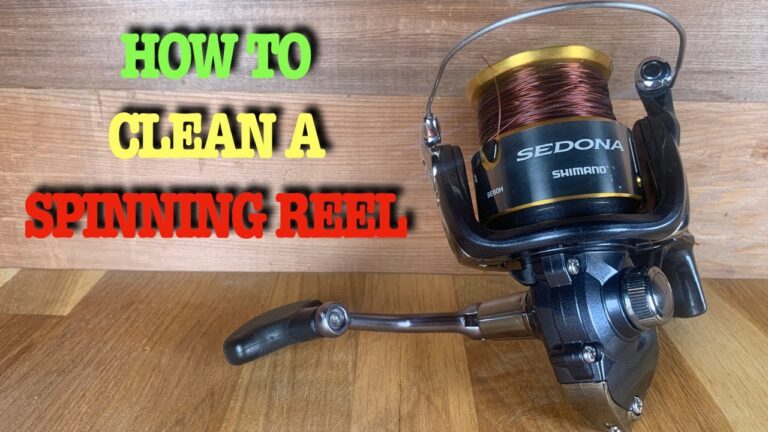What Gear Ratio for Crankbaits

The gear ratio for crankbaits depends on the depth you want to fish at and the speed at which you want to retrieve the bait.
Introduction To Gear Ratio For Crankbaits
Gear ratio in crankbait fishing is the number of times the spool revolves around the reel’s axis with one turn of the handle. It has a significant impact on lure presentation and retrieval speed. A higher gear ratio allows for faster retrieves, while a lower gear ratio provides more power, ideal for handling larger fish or deep diving cranks.
The importance of gear ratio lies in matching it to the specific fishing technique and lure type. For crankbaits, a gear ratio between 5.4:1 and 6.4:1 is commonly recommended to effectively cover different depths and speeds. Understanding and selecting the appropriate gear ratio is crucial for optimizing the performance and success of crankbait fishing.
Determining The Right Gear Ratio For Crankbaits
When it comes to determining the right gear ratio for crankbaits, there are a few factors to consider. Understanding different gear ratios is crucial in finding the perfect balance for your fishing needs.
Firstly, it’s important to note that gear ratio is the measure of how many times the spool of the reel revolves with each single turn of the handle. The most common gear ratios for crankbaits are 6.4:1, 7.1:1, and 8.1:1.
A higher gear ratio, such as 8.1:1, allows for faster line retrieval, which is beneficial when fishing in deeper waters or when trying to quickly cover a large area. On the other hand, a lower gear ratio, like 6.4:1, provides more power and torque, making it ideal for slower presentations or fishing in heavy cover.
Other factors to consider include the size and weight of the crankbait, as well as your preferred fishing technique. Lighter crankbaits and finesse presentations may work better with a lower gear ratio, while heavier crankbaits and aggressive retrieves may require a higher gear ratio.
Ultimately, the right gear ratio for crankbaits will depend on your personal preference and fishing conditions. It’s important to experiment and find what works best for you.
Gear Ratios For Different Crankbait Techniques
When it comes to different crankbait techniques, the gear ratio plays a crucial role in achieving optimal performance. For slow-rolling crankbaits, it is recommended to use a medium gear ratio. This gear ratio allows you to retrieve the bait at a steady pace, providing a natural presentation to attract fish. On the other hand, for burning crankbaits, a high-speed gear ratio is ideal. This allows you to reel in the bait quickly, mimicking a fast-moving prey and triggering aggressive strikes. The gear ratio determines the speed at which the spool turns, influencing the speed and efficiency of your retrieve. By selecting the appropriate gear ratio for the specific crankbait technique you are using, you can maximize your chances of success on the water.

Credit: advancedangler.com
How To Choose The Best Gear Ratio For Crankbaits
When choosing the gear ratio for crankbaits, it is important to consider the fishing conditions and one’s personal fishing style. Different gear ratios can be experimented with to find the most suitable one for Fishing. The gear ratio should be matched with the specific fishing techniques. It is crucial to consider factors such as depth, current, and lure action when selecting the gear ratio for crankbaits. Personal fishing style is also an important factor. Some anglers may prefer a faster gear ratio for a quicker retrieve, while others may opt for a slower gear ratio for more control. Experimenting with different gear ratios is essential to find the best match for crankbait fishing. It allows anglers to determine the optimal gear ratio that suits their individual preferences and fishing conditions.
Tips For Maximizing The Effectiveness Of Gear Ratio For Crankbaits
When it comes to maximizing the effectiveness of gear ratio for crankbaits, there are a few key tips to keep in mind. Firstly, using the right line and rod setup is crucial. Crankbaits require a specific setup to ensure optimal performance. Adjusting the gear ratio based on fish behavior is also important. Different crankbaits may require different gear ratios depending on the depth and speed at which they need to be retrieved. Lastly, maintaining proper gear maintenance is essential for prolonging the lifespan of your gear and ensuring smooth operation. Regularly cleaning and lubricating your reels will help prevent damage and keep them in top condition. Ultimately, finding the perfect gear ratio for crankbaits may require some trial and error, but following these tips will put you on the right track to success.

Credit: m.youtube.com

Credit: www.bassmaster.com
Frequently Asked Questions Of What Gear Ratio For Crankbaits
What Is A 8.1 1 Gear Ratio Good For?
A gear ratio of 8. 1:1 is good for fast and efficient retrieval of crankbaits. It allows for quick line pickup and helps in covering more water in less time.
What Is A 6.2 1 Gear Ratio Good For?
A 6. 2:1 gear ratio is suitable for faster retrieval of crankbaits, allowing for quick, efficient lure movement.
What Is A 4.7 1 Gear Ratio Good For?
A gear ratio of 4. 7:1 is good for cranking, especially for slow-moving baits like crankbaits. It allows for a slower retrieve speed, which is effective in triggering strikes from bass.
What Is The Best Gear Ratio For Buzzbaits?
The best gear ratio for Buzzbaits depends on personal preference and fishing conditions. A ratio of 6. 4:1 to 7. 1:1 is commonly used for Buzzbaits because it provides a good balance of speed and power. Experiment with different gear ratios to find what works best for you.
Conclusion
When selecting gear ratio for crankbaits, consider the depth and speed you want to achieve. Understanding gear ratios is essential in optimizing your fishing experience. The right gear ratio can make a significant difference in your ability to control the bait and catch more fish.
It’s important to experiment and find the perfect gear ratio that suits your fishing style and the conditions you are facing.


